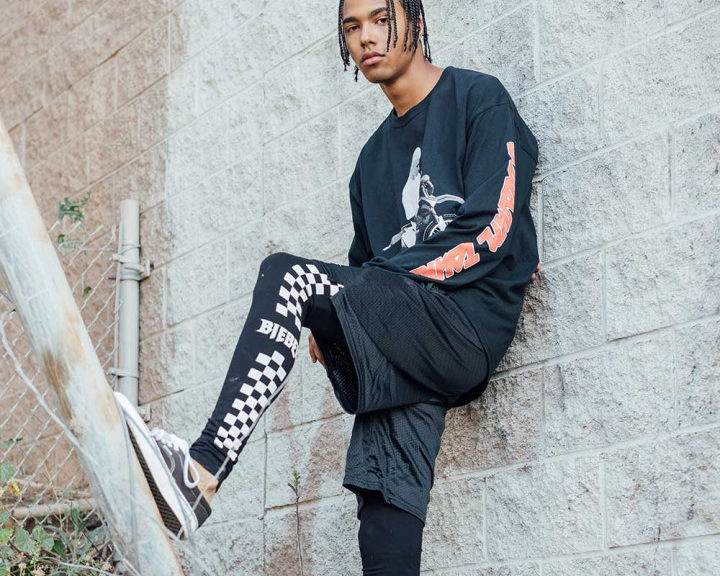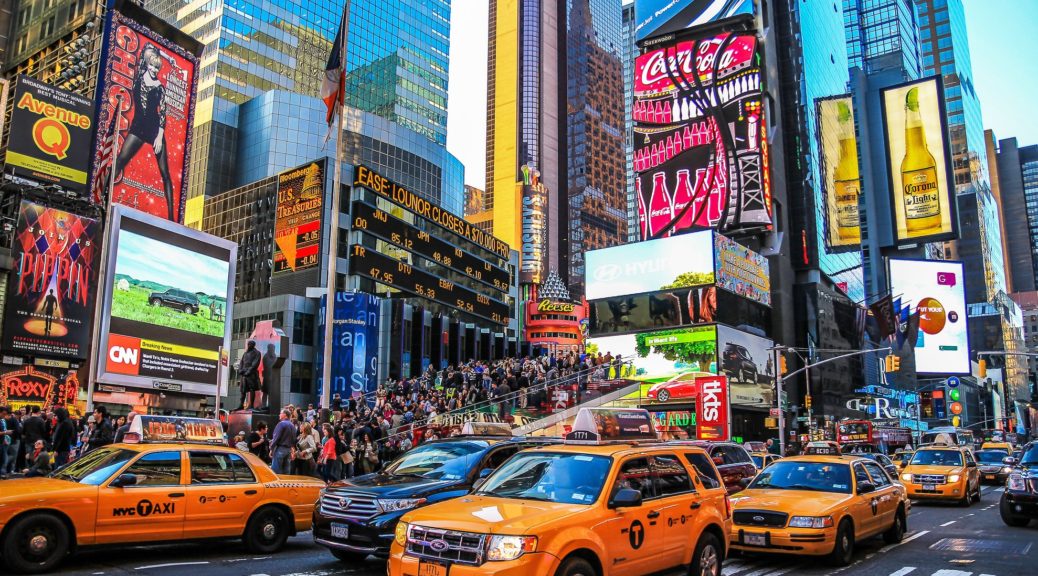Post by Matthew Aquilina Manché – Marketing Director at NERO WHYTE
It was a summer afternoon in West Hollywood, Los Angeles in 2017. I was casually taking a stroll down Melrose Avenue, minding my own business until something shocking happened… something I never thought I’d see but it was there, right in front of me. It was a forty something-year-old hairy, tattooed, biker-type man walking down the street, proudly sporting a Justin Bieber merch item. I thought to myself, “Ok, this is crazy but this is also Los Angeles. This is new but has this guy lost his clothes in a bar fight and grabbed the first thing he found in H&M?” (Yes, Purpose Tour merch was sold at H&M)
The truth is – Justin Bieber’s Purpose Tour Merch Collection was more than just merchandise, this was a fashion statement and a game-changing moment within the fashion and music industry alike. American designer Jerry Lorenzo, the man behind fashion brand Fear Of God was the designer of the Purpose Tour merch. This collab between music and fashion industry titans left a mark that has made merch ‘cool again’ or to be more appropriate ‘lit’.
So here we have the perfect example of music merch meeting fashion, but that’s only a part of this marriage.
Another key player in the merch and fashion love story is the thrift store. Vintage clothing has caused a revival not only for brands like Champion, Fila, Diadora and so on … but also for, yes you know it, music merch. There is no better proof to this than looking at what’s on the high street shelves, it is safe to say music merch is back. When I say back, I mean back in time. AC/DC, Nirvana, Metallica, Guns n Roses etc… all on the rails of stores like Urban Outfitters and H&M. This isn’t really a result of H&M’s strategies but more of a sign of the times, as well as a clear sign of what the ‘cool kids’ have been wearing a couple years prior.
So, this leaves us in an exciting place and more clear proof that in the creative world, the rules are made to broken. Cross collaboration is where it’s at and for music artists, merch can be taken to new levels and expand opportunity. As an artist, you can now cross-promote via collaboration and use items of clothing (as well as other items of merchandise) as a new way to reach people through your brand.
Here at NERO WHYTE we love both music and fashion – with backgrounds not only in design but also, garment manufacturing, fashion product development and music industry experience, we just might be the perfect team to help you bring your future merch collections off the ground.
Photo (Left): Purpose Tour Merch

